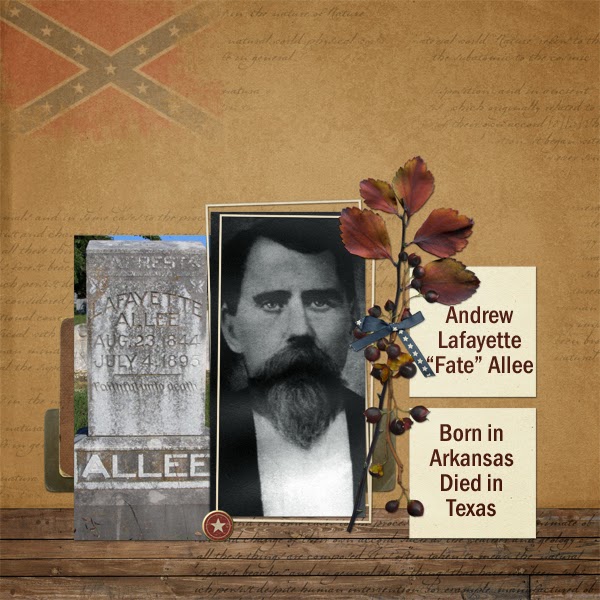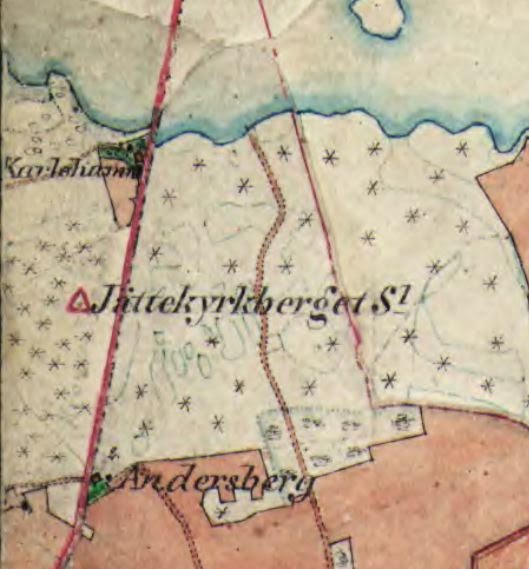The challenge of life on a farm in 1885 is hard enough for me to grasp, but to my grandchildren it would seem like the dark ages. Imagine no cell phone, no computer, no electricity, no gas and no running water. The nearest phone was likely miles away. The outhouse might have an old mail order catalog, not soft toilet paper. Water would be carried from the nearest source and wood chopped for heating and cooking. There were no big red tractors, no big green harvesters, no cars or pickups. Candles and lanterns were the source of indoor lighting.
The more family members could share the work, the better. Fields needed to be plowed, sown and harvested. Crops had to be taken to market. A garden provided food and some of the yield would need to be canned for use throughout the year. Animals had to be fed, watered and cared for. Some had to be slaughtered for food. Fences, wagons and tools required repair. Meals had to be prepared and dishes washed. Laundry, sewing and cleaning were constant tasks.
Just thinking about the amount of work is overwhelming. My great-grandfather, Walter McFarlane, must certainly have been overwhelmed when he inherited the Wisconsin family farm at the tender age of 21. Within the past three years the rest of his family had died: first his older brother, then his father, Joseph, and finally his mother. Unfortunately, Walter despised farming, according to family legend. But was it the work he hated or was it the solitude?
Suddenly he was all alone and grieving his family. He would have been exhausted trying to do everything that needed to be done. Did he hire a field hand or household help? Could he even have afforded to do so? Did he have time to go courting and find a wife? If so, he was not successful.
Walter's mother, Margareth Mitchell McFarlane died in October of 1885. In February of 1888, Walter sold the Monroe County farm. He had farmed on his own for less than 30 months when he threw in the towel.
Walter was born on July 20, 1864, so was not yet 24 when he walked away from the farm to make a new life. The next few years are a mystery to me. By 1896, Walter was living in Chicago and working as a motorman on the city's streetcars. How did a Wisconsin farmer become a Chicago motorman? That seems like quite a change.
On April 07, 1897, he married Mary Ellen Vossler in a ceremony performed by the pastor of a Presbyterian Church. Mary Ellen's brother, John Vossler, worked with Walter on the streetcars and roomed in the same boarding house as Walter. It's possible that Mary Ellen also lived there. The couple certainly met through John or their living situation.
 |
| Quick drop page from Full Circle, ClubScrap |
Walter and Mary Ellen had two daughters: Ruth in 1898 and Margaret in 1900. Their comfortable life came to an end between 1904 and 1905. Walter was injured at work and was left brain-damaged. After healing, he was able to do only menial work. He briefly returned to farming in Bartlett, Illinois. He also worked in a factory and was a night watchman at the historic Rosehill Cemetery in Chicago.
Walter McFarlane died in Chicago on August 21, 1922, and was buried in an unmarked grave at Rosehill Cemetery.














